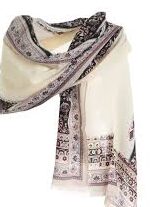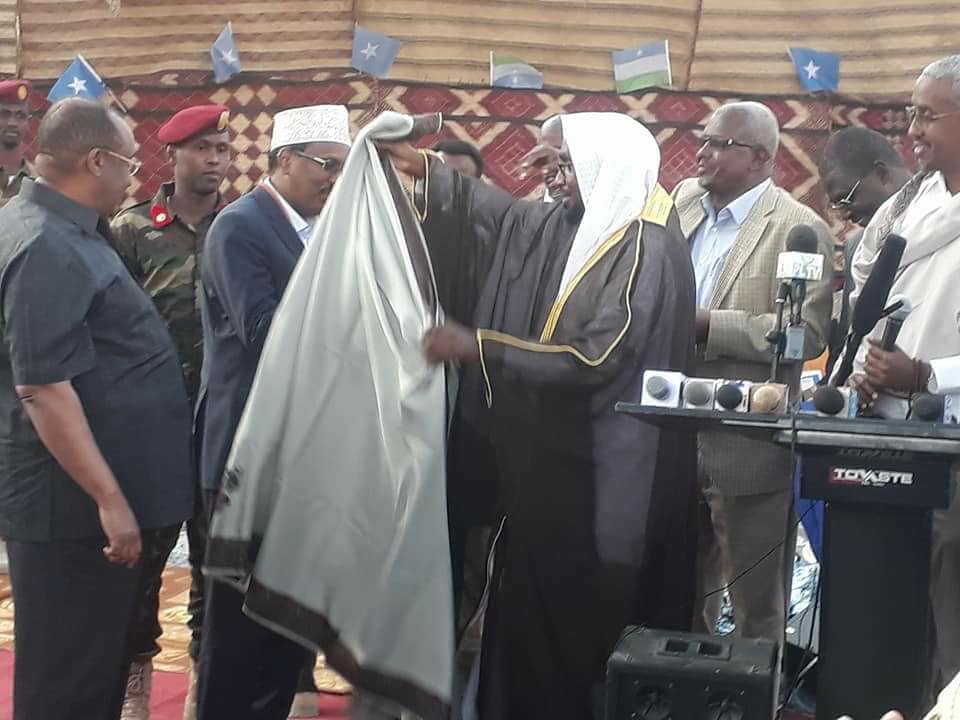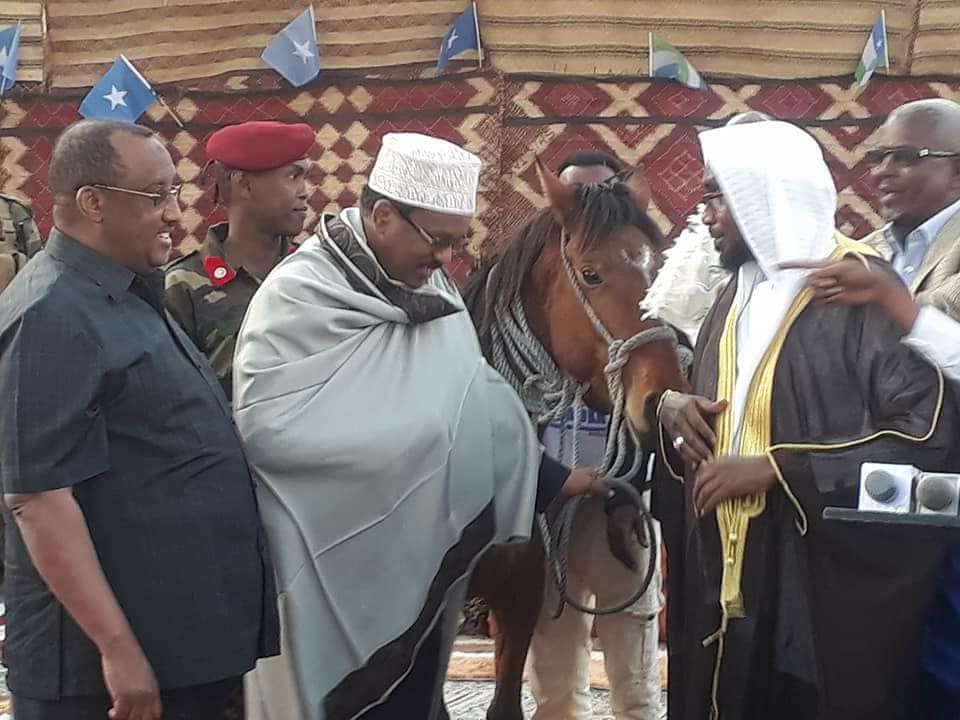
Somali Shaal – The Timeless Cloth of Honor and Tradition
In Somali culture, clothing is more than just a way to cover oneself—it’s a representation of identity, honor, and a reflection of age-old traditions. Among the traditional garments, the Somali Shaal (or shawl) stands out as a significant symbol, especially among elders. This cherished piece of cloth is a mark of respect and dignity, a way of expressing status and experience within the community.

What is the Somali Shaal?
The Shaal is typically a woven shawl, often crafted with intricate patterns and rich textures that blend earth tones like browns, creams, and deep blues. These colors hold special meaning, grounding the wearer in both the land and culture. Made from high-quality, breathable fabric, the Shaal is both practical and comfortable, ideal for Somalia’s warm climate.
The beauty of the Shaal lies not only in its design but also in how it is worn. Somali elders drape it over their shoulders in a specific manner, allowing the Shaal to rest across their chest, with one end often tossed over the shoulder. This style isn’t random—it’s a look that exudes dignity and reflects the wisdom that comes with age.

The Shaal as a Symbol of Rank and Wisdom
In Somali society, the Shaal is much more than a stylish garment. Elders wear it to communicate their status, respect, and authority. Often, the Shaal is worn by those who have earned their place as community leaders, wise men, and elders who have weathered life’s challenges. This special piece of clothing allows them to stand out in any gathering, signaling their earned rank and role as a source of knowledge and guidance.
When an elder enters a room wearing a Shaal, they’re given immediate respect. It’s understood that the wearer has lived a life filled with valuable experiences, and they deserve to be listened to and consulted on important matters. In many ways, the Shaal is a badge of honor for those who wear it.
Preserving Tradition Through the Shaal
While the modern world has brought changes to Somali society, the tradition of the Shaal persists. Wearing it has become a way to stay connected to Somali heritage, especially in urban areas where Western-style clothing is now more common. Somali elders wearing a Shaal demonstrate to younger generations the importance of holding onto their cultural roots. By preserving these customs, they offer younger Somalis a tangible connection to their past, fostering pride in who they are and where they come from.
In Somali diaspora communities, too, the Shaal remains a reminder of home and heritage. It serves as a link to Somalia’s deep-rooted traditions, a way of carrying Somali identity across borders and continents.

Conclusion
The Somali Shaal is more than just a piece of cloth—it’s a representation of history, wisdom, and respect. As an emblem of elder status, it reinforces the values that have kept Somali communities strong and united for generations. Whether in Somalia or among the Somali diaspora, the Shaal continues to play a significant role, reminding us that while time may change, the importance of honoring one’s culture remains constant.
In a world that’s constantly evolving, the Somali Shaal is a beautiful reminder of the power of tradition and respect for those who came before us. Let it remain a cherished symbol of Somali heritage for many more generations to come.

